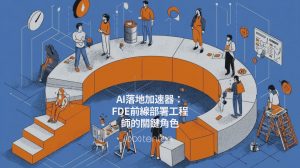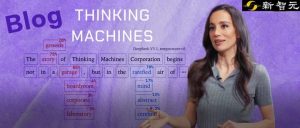Silicon Valley Education Disruptors Warn: AI Will Eliminate Schools Unwilling to Reform
Three Silicon Valley education innovators warn that AI will eliminate schools refusing to reform. While AI can democratize learning through personalized tutoring, it risks enabling minimal effort from teachers and students alike. The panel challenges lecture-based education (1% retention), advocating project-based collaborative learning, lifelong education models, and essential skills like discernment and social-emotional intelligence. Universities selecting for wealth over merit face obsolescence unless they fundamentally reimagine education for the AI era.











